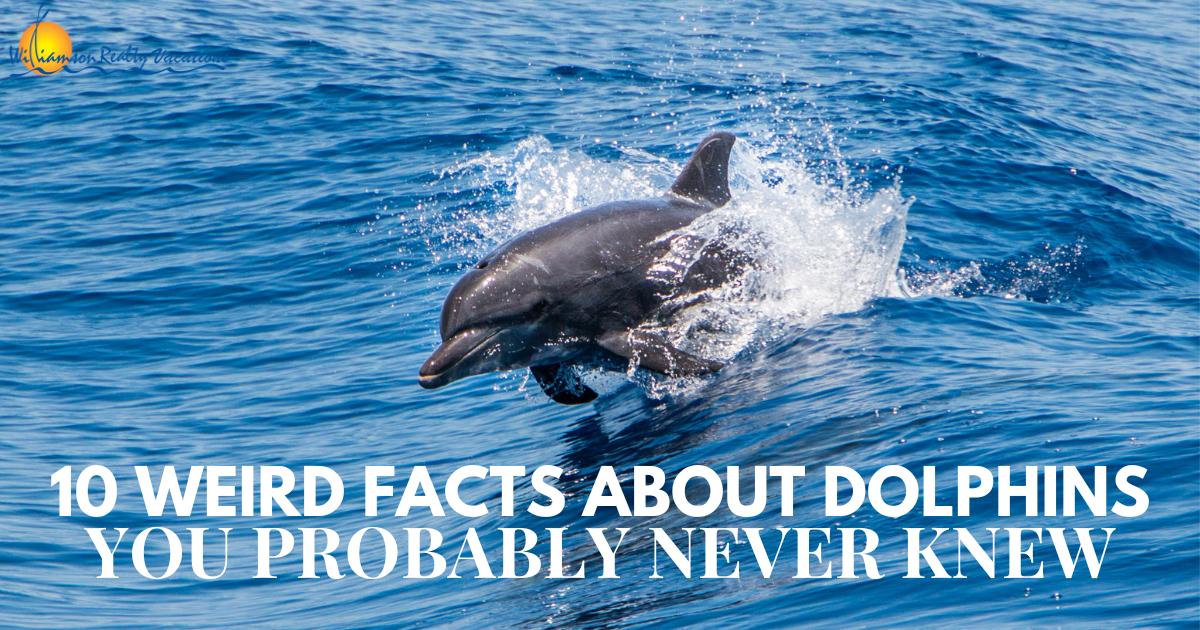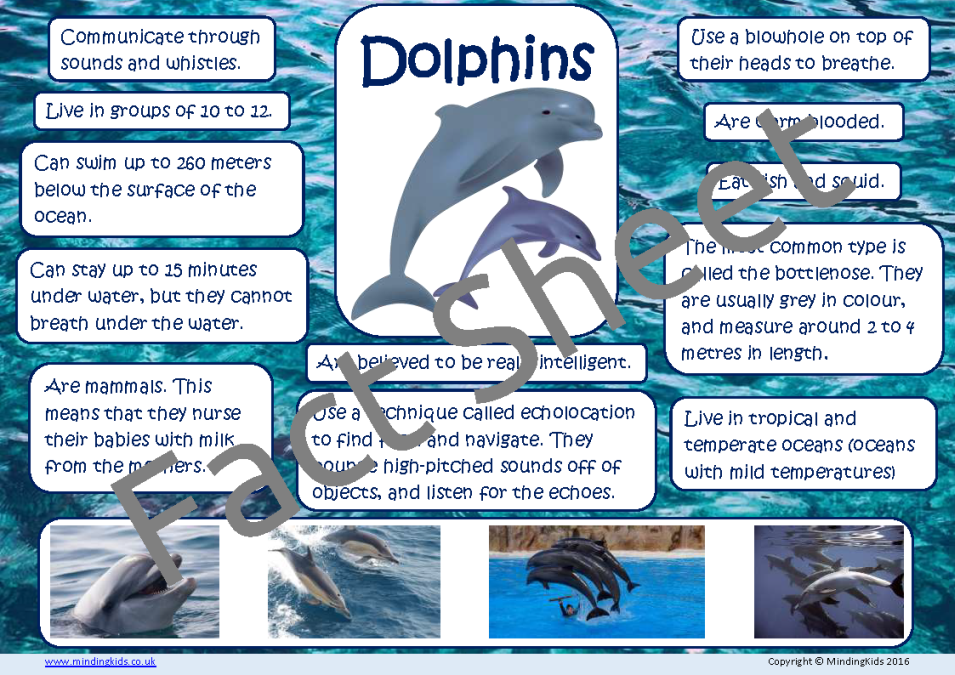Dolphin Facts You Didn't Learn About Their Adjustments for Survival
Wiki Article
Dive Into the Sea: Fascinating Dolphin Truths for Sea Lovers
The globe of dolphins provides a remarkable junction of knowledge, social behavior, and environmental importance. With around 37 species, these aquatic mammals display a variety of remarkable qualities that not only astound sea lovers however likewise highlight their essential function in marine communities. From their complicated communication methods to their excellent problem-solving capabilities, dolphins test our understanding of animal intelligence. However, the pushing need for preservation efforts to protect these animals and their habitats increases essential concerns concerning our obligation towards the sea's residents. What ramifications do these factors hold for our interactions with these exceptional beings?Dolphin Variety Variety
Diversity is a hallmark of the dolphin household, incorporating a vast array of species that display unique physical characteristics, habits, and environments. The family Delphinidae, frequently called oceanic dolphins, makes up about 37 types, each adjusted to details ecological specific niches. As an example, the bottlenose dolphin (Tursiops truncatus) is renowned for its knowledge and flexibility, prospering in both open and seaside ocean environments.On the other hand, the whale (Orcinus whale), often referred to as the killer whale, is the largest member of the dolphin household and is identified by its striking black-and-white pigmentation. Orcas show intricate social frameworks and searching techniques, showcasing the behavioral variety within the family members. Other species, such as the spinner dolphin (Stenella longirostris), are kept in mind for their acrobatic display screens and preference for warmer waters, highlighting the flexibility of dolphins to various marine communities.
Furthermore, river dolphins, including the pink river dolphin (Inia geoffrensis), occupy freshwater atmospheres, even more showing the wide-ranging environments that dolphins occupy. Dolphin Facts. This amazing variety not just improves aquatic communities but additionally emphasizes the value of preservation initiatives to secure these exceptional creatures and their environments
Social Actions and Interaction
The complex social habits and communication methods of dolphins are essential parts of their presence, assisting in group cohesion and boosting survival. These extremely intelligent aquatic mammals exhibit facility social frameworks, commonly developing cases that can range from a couple of people to over a hundred. Within these groups, dolphins take part in behaviors such as participating hunting, social play, and mutual security, which foster solid bonds among participants.Dolphins make use of an advanced array of articulations, including clicks, whistles, and body movement, to communicate information and share emotions. Their trademark whistles act as unique identifiers, similar to names, enabling people to call out to each other. This singing communication is matched by non-verbal signals, such as leaping, slapping the water, and synchronized swimming, which better improves their communications.

One-of-a-kind Feeding Routines
Distinct feeding habits define dolphins, showcasing their adaptability and intelligence in numerous marine settings. These aquatic mammals are recognized for their varied diets, which largely contain fish, squid, and crustaceans. Their hunting strategies can vary considerably, frequently customized to the certain prey and ecological conditions.One noteworthy approach is cooperative searching, where dolphins operate in teams to herd institutions of fish into tight developments, making it much easier for individuals to capture their dish. This social habits not only boosts their feeding efficiency however likewise enhances social bonds within the sheathing. In addition, dolphins have actually been observed employing a directory strategy called "fish-whacking," where they use their tails to stun or confuse fish, assisting in easier capture.
One more remarkable feeding behavior is echolocation, which allows dolphins to spot victim also in dirty waters. On the whole, the unique feeding practices of dolphins highlight their function as proficient killers within the aquatic environment, showing both knowledge and ingenuity.
Knowledge and Trouble Addressing
Dolphins exhibit impressive cognitive capacities that expand past their innovative feeding strategies. Their knowledge is obvious in their analytic abilities, social communications, and capability for discovering. Research study has demonstrated that get redirected here dolphins can utilize tools, such as making use of aquatic sponges to secure their rostrums while foraging on the seafloor. This habits highlights their ability to manipulate their environment properly and adjust methods to improve survival.In addition, dolphins display advanced interaction abilities, using a complex system of clicks, whistles, and body language. Dolphin Facts. This interaction is vital for collaborating team activities, such as searching and interacting socially, showing their capacity to function collectively in the direction of a common objective. Their capability to understand abstract principles, including self-recognition in mirrors, further highlights their cognitive sophistication
In regulated studies, dolphins have actually revealed a capability to solve problems and perform jobs that require both memory and essential thinking. These communications indicate not only knowledge but likewise a willingness to involve with their environment in novel means. In general, the cognitive expertise of dolphins places them amongst the most intelligent varieties on earth, cultivating a deeper recognition for their duty in marine communities.
Conservation and Environmental Effect
Preservation initiatives targeted at securing aquatic ecosystems are vital for maintaining dolphin populations and their habitats. Dolphins are extremely delicate to environmental modifications, and their survival is delicately connected to the health of oceanic environments. Overfishing, air pollution, and climate modification present substantial threats to both dolphins and their environments.helpful resources
Overfishing interrupts the food web, bring about a decrease in victim varieties essential for dolphin survival. Additionally, contaminants such as chemicals and plastics collect in aquatic settings, jeopardizing dolphins via ingestion and bioaccumulation. Increased water temperature levels and sea acidification, consequences of environment adjustment, better threaten the fragile equilibrium of marine communities, influencing dolphin breeding and migratory patterns.
Preservation campaigns, consisting of the establishment of marine protected locations (MPAs), play an essential function in safeguarding these smart animals. MPAs assist reduce human impact, permitting ecological communities to prosper and recover. Public awareness projects and neighborhood engagement are additionally crucial, cultivating a culture of stewardship towards aquatic life. By focusing on preservation initiatives, we can make sure that future generations delight in the beauty and vigor of dolphins and the seas they inhabit. Safeguarding marine environments is not practically saving dolphins; it has to do with preserving the intricate internet of life that sustains all of us.
Verdict
Dolphins exemplify the intricacy and richness of aquatic life through their varied species, complex social frameworks, and advanced cognitive capabilities. Their unique feeding practices and interaction methods better illustrate their versatility and knowledge. As vital elements of aquatic ecosystems, dolphins highlight the requirement of continuous preservation efforts to secure their environments. Protecting these amazing creatures is crucial not only for their survival however likewise for preserving the wellness and equilibrium of sea environments worldwide.Various other varieties, such as the rewriter dolphin (Stenella longirostris), are kept in mind for their acrobatic display screens and choice for warmer waters, highlighting the versatility of dolphins to numerous aquatic environments.
Generally, the one-of-a-kind feeding behaviors of dolphins highlight their duty as skilled predators within the aquatic ecological community, demonstrating both knowledge and ingenuity.
Generally, the cognitive expertise of dolphins puts them among the most intelligent varieties on the earth, promoting a deeper gratitude for their role in aquatic ecological communities.

Report this wiki page